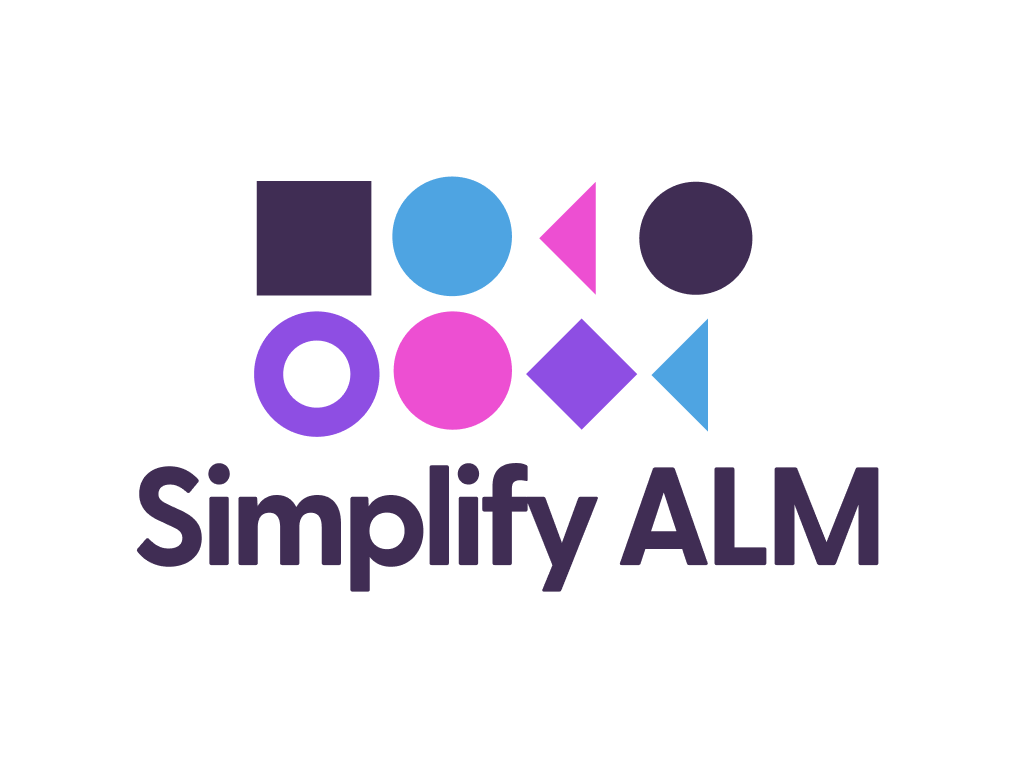The New Era of ALM: Simplifying the Process for Credit Unions and Community Banks

Understanding the Importance of a Healthy ALM
In the increasingly complex financial landscape, the need for robust asset liability management (ALM) in credit unions and community banks cannot be overstated. A healthy ALM structure is foundational to the ongoing financial health of these institutions.
A healthy ALM involves achieving a balance where the duration of assets matches the duration of liabilities, thereby managing interest rate risk and liquidity. It requires a well-defined risk appetite, accurate forecasting, and efficient hedging techniques to maintain sufficient liquidity, ensuring that the institution can meet its short-term obligations, while also positioning itself for long-term growth and sustainability. Moreover, a robust ALM process helps these institutions navigate interest rate fluctuations, credit risk, operational risk, and strategic risk while also aiding in capital planning and regulatory compliance.
Deep Dive: Current Practices and Their Complexities in ALM
Credit unions and community banks employ a variety of tactics to manage their assets and liabilities and mitigate risk. Three of the most common approaches are on-balance-sheet adjustments, off-balance-sheet hedging, and securitization. While these methods can be effective, they also introduce significant complexity into the ALM process.
On-Balance-Sheet Adjustments
On-balance-sheet adjustments involve changes to the asset or liability side of the balance sheet. This can include altering the mix of products and maturities to match the durations of assets and liabilities more closely. However, on-balance-sheet adjustments can be time-consuming and complex, as they involve a deep understanding of the financial institution's assets and liabilities and how they interact.
Off-Balance-Sheet Hedging
Off-balance-sheet hedging techniques like interest rate swaps, futures contracts, or options are used to manage interest rate risk and liquidity risk. These instruments can be an effective way to hedge against adverse market changes1. However, they also introduce complexity and risk, requiring a high level of financial expertise to implement effectively and carrying counterparty risk2.
Securitization
Securitization involves converting illiquid assets like mortgages into securities that can be sold to investors, which can help credit unions and community banks to reduce their exposure to certain risks and increase their liquidity3. However, securitization is a complex process, often involving third-party service providers and rigorous regulatory oversight4.
Loan Participations
Loan Participations involve purchase pools of loans from other community financial institutions in order to shore up larger holes that may have developed over time do to mismatches in loan, deposit, or investment prodouction.
Regulatory Changes
The complexities of ALM are further compounded by ongoing regulatory changes, such as the adoption of the Current Expected Credit Losses (CECL) standard. This adds another layer of complexity to the ALM process, requiring advanced predictive modeling and comprehensive data management strategies.
Introducing Quilo: A New Approach to Syndication and ALM
In response to the challenges and complexities highlighted above, a groundbreaking solution has been unveiled to streamline the ALM process: the Quilo real-time syndication network. Quilo has been carefully developed with the needs of credit unions and community banks in mind, offering a modern approach to managing their balance sheets, increasing earnings, and reducing risk effectively.
The Quilo syndication network creates a vibrant marketplace where participants can:
- Syndicate portions of the loans they originate, making these available for funding by other network participants.
- Contribute to funding fractions of a diverse range of approved loans that align with their asset preferences and risk profiles.
Take a look at how it works here
Participants in the network can simply define their terms and the platform handles everything else, executing transactions in real time at the point of origination.
Conclusion
The complexities of ALM and the evolving regulatory landscape can seem overwhelming for credit unions and community banks. However, the emergence of innovative solutions like the Quilo syndication network provides these institutions with a streamlined and effective method for balance sheet management, risk mitigation, and overall financial growth.
It represents an exciting development for these financial institutions, empowering them to navigate their ALM challenges with newfound confidence and efficiency.
References
[1]: Interest Rate Swaps. Corporate Finance Institute. https://www.corporatefinanceinstitute.com/resources/knowledge/trading-investing/interest-rate-swap/
[2]: Counterparty Risk. Investopedia. https://www.investopedia.com/terms/c/counterpartyrisk.asp
[3]: Securitization. Investopedia. https://www.investopedia.com/terms/s/securitization.asp
[4]: The Risks and Benefits of Securitization. Federal Reserve Bank of New York. https://www.newyorkfed.org/medialibrary/media/research/staff_reports/sr594.pdf

